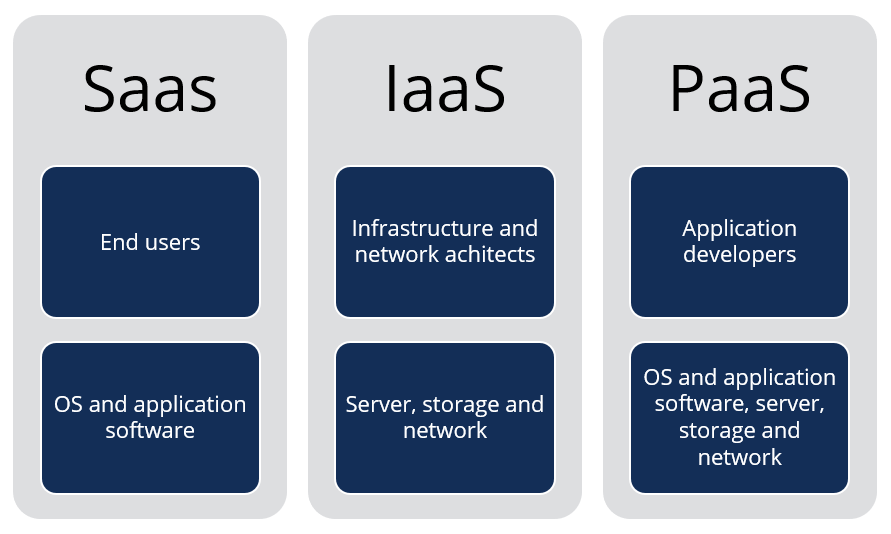LinkDaddy Cloud Services Proficiency: Advanced Approaches for Reliable Cloud Services Press Release
LinkDaddy Cloud Services Proficiency: Advanced Approaches for Reliable Cloud Services Press Release
Blog Article
Simplify Your Framework With Cloud Provider
As businesses browse the ever-evolving landscape of modern technology and information monitoring, the role of cloud solutions in streamlining facilities has become increasingly popular. The attraction of structured procedures, enhanced performance, and boosted source allowance with cloud options is indisputable. Nevertheless, the trip in the direction of an extra dexterous and cost-efficient IT infrastructure entails greater than simply moving to the cloud. It calls for a strategic technique and a deep understanding of the subtleties of cloud fostering. Exactly how can organizations properly navigate this transition and really open the possibility of cloud services for streamlining their facilities?
Benefits of Cloud Services
Cloud solutions offer a streamlined strategy to managing IT framework, giving services with cost-efficiency, scalability, and adaptability. One of the vital benefits of cloud solutions is the scalability they use.
Furthermore, cloud services get rid of the demand for organizations to purchase pricey equipment and software program. This cost-efficiency is a substantial advantage, specifically for little to medium-sized ventures aiming to lessen in advance costs. By using cloud services, services can access premium IT sources without the substantial cost tag linked with standard infrastructure setups.
In addition, cloud services supply companies with the versatility to access their information and applications from anywhere with an internet connection. This level of availability boosts collaboration amongst teams, allows remote job, and increases total productivity. The flexibility provided by cloud solutions equips businesses to adapt promptly to altering market problems and consumer needs.
Price Savings and Scalability
In enhancement to the functional benefits highlighted earlier, the assimilation of cloud solutions right into a firm's facilities comes up with considerable price savings and improved scalability. Cloud services provide a pay-as-you-go model, allowing companies to range sources up or down based upon existing demands, therefore preventing the costs linked with preserving excess ability. This flexibility allows business to adapt swiftly to varying needs without sustaining unneeded expenses.
Furthermore, cloud solutions eliminate the need for upfront financial investments in equipment and software program, reducing capital investment. Overhead are likewise decreased as firms no much longer require to handle and preserve physical web servers, causing lower energy intake and IT staffing costs. In addition, cloud solutions provide automated updates and maintenance, making certain that the facilities stays up-to-date and protected without calling for manual interventions.
Improved Security Measures
Executing strict security measures is extremely important when integrating cloud solutions right into a company's framework to guarantee and secure sensitive data compliance with industry guidelines. Cloud service carriers offer improved safety attributes such as information encryption, firewall software security, and multi-factor authentication to reduce cybersecurity threats.
In addition, normal protection audits and conformity assessments assist ensure and identify susceptabilities adherence to sector standards. Firms can likewise profit from attributes like automated protection updates and real-time hazard surveillance supplied by cloud company. By focusing on safety steps and remaining positive in resolving possible threats, businesses can with confidence utilize cloud solutions while safeguarding their beneficial information from unapproved gain access to or breaches.
Transitioning to Cloud Framework
To efficiently integrate cloud services right into a company's facilities, a structured strategy that addresses the shift towards cloud-based services is necessary. Transitioning to Continue cloud infrastructure involves cautious preparation and implementation to make sure a smooth movement procedure. The very first step is to examine the existing framework and identify which applications and systems appropriate for movement to the cloud. This examination must consider variables such as information level of sensitivity, compliance demands, and efficiency needs.
As soon as the assessment is complete, a migration method ought to be developed. This strategy must detail the timeline, resources, and responsibilities for relocating each element to the cloud. It is necessary to communicate this plan plainly to all stakeholders to make sure placement and lessen interruptions throughout the transition.
Throughout the movement process, surveillance and screening are essential to determine and deal with any problems promptly. Routine checkpoints should be established to track progress and make necessary changes. Additionally, training for staff members on utilizing cloud solutions should be supplied to make certain a successful change and optimize the advantages of the brand-new facilities.
Finest Practices for Cloud Adoption
Successful fostering of cloud services rests on the critical positioning of company goals with technological abilities and business readiness. To guarantee a smooth shift to the cloud, companies should begin by conducting a thorough evaluation of their present facilities and recognizing which workloads are best suited for cloud movement. It is crucial to involve vital stakeholders from various departments in the decision-making process to obtain buy-in and resolve any type of issues beforehand.
One more ideal practice for cloud fostering is to prioritize safety and security and conformity. Organizations must very carefully assess the safety steps offered by cloud provider and guarantee that their information is shielded according to sector standards and regulative requirements. Implementing durable information security, accessibility controls, and regular safety audits can help alleviate threats related to cloud adoption.

Conclusion

As organizations navigate the ever-evolving landscape of technology and data monitoring, the role of cloud solutions in streamlining infrastructure has become increasingly prominent - linkdaddy cloud services press release. Exactly how can businesses successfully navigate this transition and genuinely open the possibility of cloud services for simplifying their framework?
Cloud solutions supply a streamlined technique to handling IT infrastructure, supplying companies with cost-efficiency, scalability, and adaptability. By using cloud solutions, businesses can access high-quality IT sources without the substantial cost tag connected with traditional infrastructure configurations.
To make sure a smooth transition to the cloud, companies ought to begin by performing an extensive analysis of their current framework and determining which work are best matched for cloud movement.
Report this page